Eating a nutrient-dense diet is vital for every stage of human life, but it takes on an even greater importance during pregnancy and lactation. Not only do nutrient requirements increase for expecting and breastfeeding mothers, but the mother’s diet directly influences fetal brain development, birth weight, the risk of birth defects, and even the baby’s immune function. That makes the Paleo diet, with its focus on nutrient-dense foods, a great framework for ensuring that pregnant and lactating women receive the nutrition they need to support a healthy pregnancy and child. (See also The Importance of Nutrient Density)
That being said, the Paleo framework can be adjusted to emphasize the nutrients that are in particularly high demand during pregnancy and lactation.
Nutrients for Pregnancy and Lactation
Pregnancy increases a woman’s energy requirements by 200 to 300 calories a day, depending on how much weight gain is advised for the woman’s particular situation. Breastfeeding also burns significant energy—up to 500 calories a day or more—and inadequate calorie intake during lactation can reduce the mother’s milk supply. These extra calories should come from a mixture of protein (which all fetal body systems use to develop and grow), carbohydrates (which provide energy), and fats (which assist with nutrient absorption and help the fetal nervous system develop properly). See Carbs Vs. Protein Vs. Fat: Insight from Hunter-Gatherers
Fluid requirements also increase during pregnancy and lactation, making it extremely important to stay hydrated by drinking plenty of water, too.
There’s also a larger demand for certain nutrients that have particularly important roles in fetal development. These include:
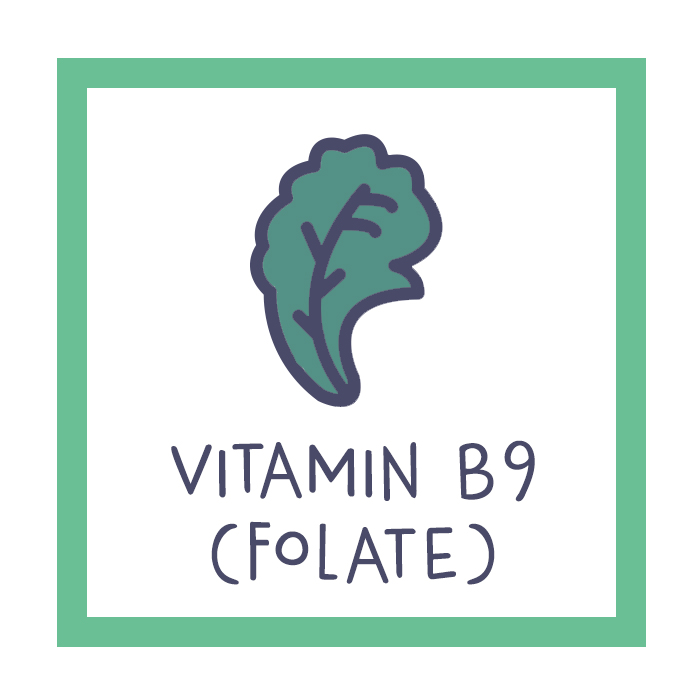 Vitamin B9 (folate)
Vitamin B9 (folate)
Folate is needed from very early on in pregnancy to support healthy neural tube development in a fetus’s brain and spinal cord. In fact, folate deficiency is strongly linked to a form of birth defect called neural tube defects, including spina bifida and anencephaly, which occur in the first month of pregnancy. The recommended intake for pregnant women (as well as women planning to conceive) is 600 to 800 mcg daily, and the best sources are leafy green vegetables, asparagus, broccoli, avocados, nuts, seeds, beets, cauliflower, and squash. (Read below for the difference between folate and folic acid, and see Vitamin B9 (Folate).)
Vitamin A
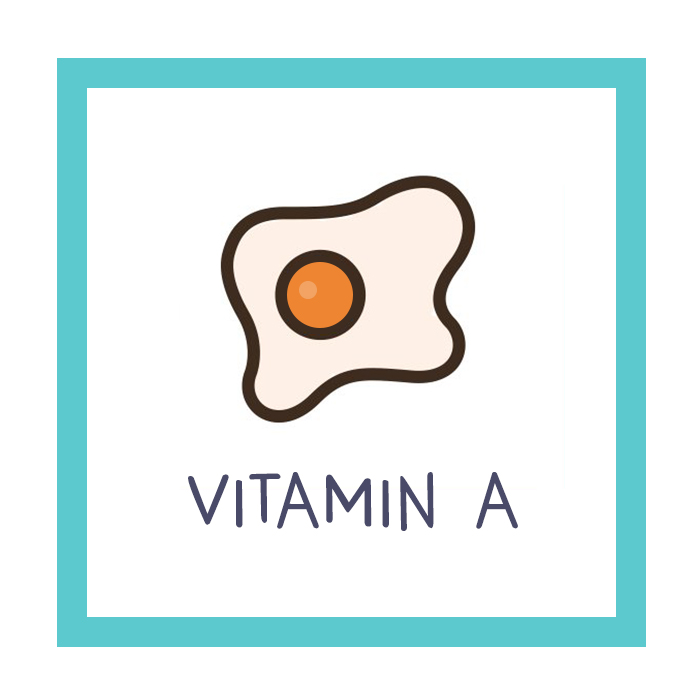 Vitamin A is vital for embryonic development, including the growth of the eyes, heart, lungs, kidneys, central nervous system, respiratory system, and circulatory system. Although vitamin A precursors (particularly beta-carotene) are found in many plant foods, including carrots and sweet potatoes, some people have difficulty converting these precursors to “true” vitamin A, so it’s best to get some retinol from animal foods such as liver, eggs, and grass-fed dairy. The recommended intake of retinol activity equivalents (RAE) is 770 mcg daily for pregnant women and 1,300 mcg daily for breastfeeding women. Although higher amounts can be safe, note that vitamin A overdose from retinol is a possibility, especially in the context of inadequate vitamin D. See also Vitamin A (Retinol)
Vitamin A is vital for embryonic development, including the growth of the eyes, heart, lungs, kidneys, central nervous system, respiratory system, and circulatory system. Although vitamin A precursors (particularly beta-carotene) are found in many plant foods, including carrots and sweet potatoes, some people have difficulty converting these precursors to “true” vitamin A, so it’s best to get some retinol from animal foods such as liver, eggs, and grass-fed dairy. The recommended intake of retinol activity equivalents (RAE) is 770 mcg daily for pregnant women and 1,300 mcg daily for breastfeeding women. Although higher amounts can be safe, note that vitamin A overdose from retinol is a possibility, especially in the context of inadequate vitamin D. See also Vitamin A (Retinol)
 Vitamin D
Vitamin D
Along with facilitating calcium absorption and metabolism, vitamin D plays a critical role in immune function and, according to some research, can potentially help prevent pregnancy complications such as gestational diabetes, preeclampsia, low birth weight, and preterm birth. Vitamin D intake during pregnancy can also reduce the risk of wheezing and asthma developing in early childhood. Although the recommended daily intake for pregnant women is 600 IU, one study found that women taking 4,000 IU of vitamin D per day saw the most benefit in terms of preventing infections and preterm birth without any evidence of harm. The best way to get vitamin D is from skin exposure to the sun (and in lieu of that, supplementation), but the highest dietary sources are egg yolks, fatty fish (like salmon, herring, and mackerel), and cod liver oil. See also Vitamin D and Fructose and Vitamin D Deficiency: The Perfect Storm?
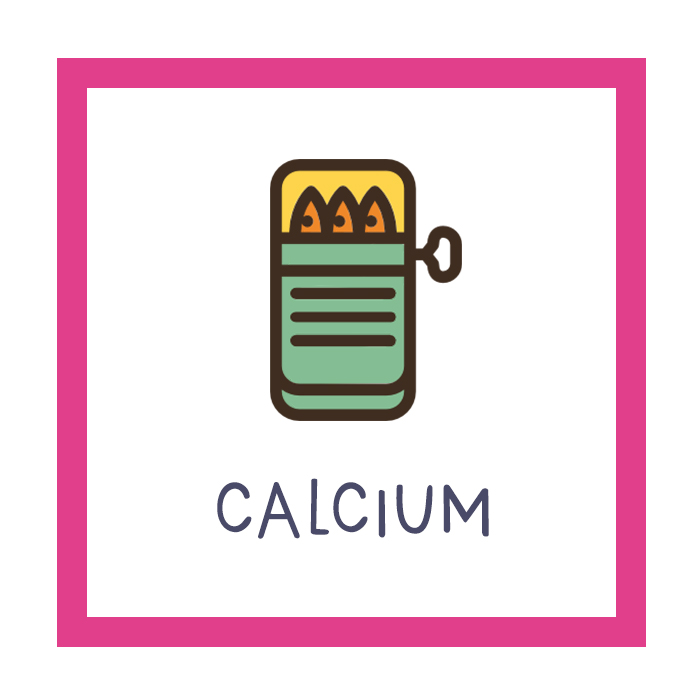 Calcium
Calcium
Calcium is needed for skeletal development, blood pressure regulation, and proper muscle and nerve functioning, and it becomes particularly important for the fetus during third-trimester bone development. Pregnant or lactating women need 1,000 to 1,300 milligrams per day. The best Paleo-friendly sources are leafy green vegetables, broccoli, small bone-in fish like sardines, and grass-fed dairy. Blackstrap molasses is also a great source of calcium, iron and B-vitamins (see Blackstrap Molasses: The Sugar You Can Love!). See also Calcium
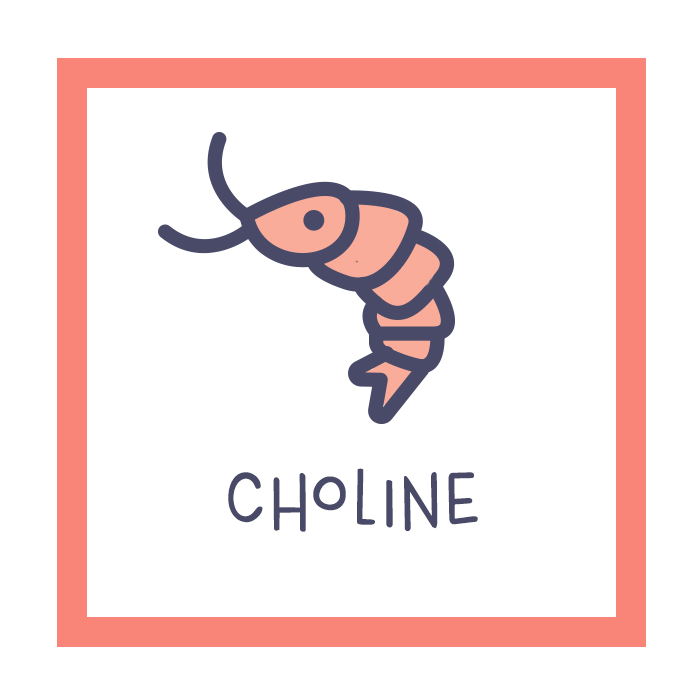
Choline
Choline is important for the development of the fetal nervous system, neural tube, and brain. Pregnant women should consume at least 450 milligrams per day. The richest sources are egg yolks, liver, shrimp, and beef. See also Choline
Nutrivore Weekly Serving Matrix
An easy-to-use and flexible weekly checklist
to help you maximize nutrient-density.
The Weekly Serving Matrix is very helpful! I’ve been eating along these lines but this really helps me know where to focus vs. which foods serve a more secondary role. It’s super helpful and has taken a lot of worry out of my meal planning. Thanks!
Jan
Iron
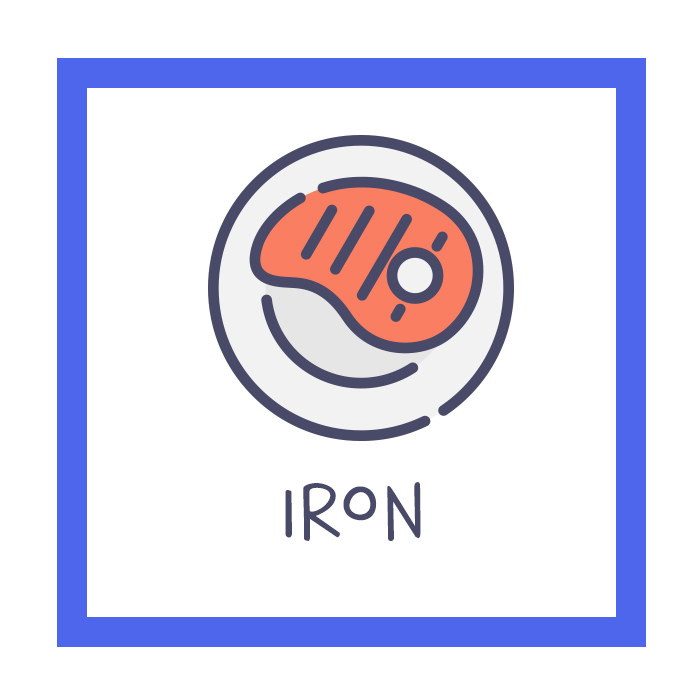
Iron is needed for a fetus’s rapidly developing blood supply and for the expanding blood supply of the mother. For pregnant women, 27 milligrams daily is recommended. The best sources are red meat, organ meat, and leafy green vegetables. See also Iron
Zinc
Zinc is used for fetal cell growth, as well as supporting immunity, enzyme production, and insulin production in the mother. 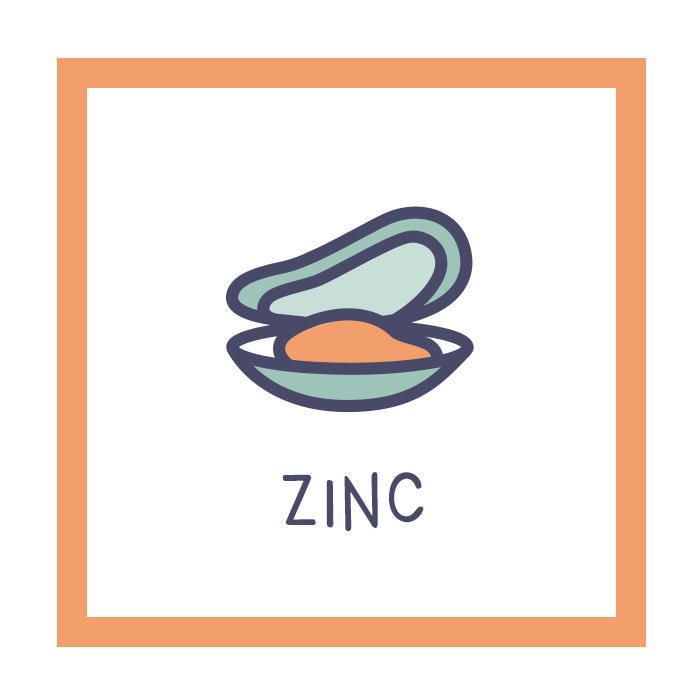 Pregnant women should aim for 11 milligrams per day from rich sources like beef, pork, poultry, seafood (especially oysters), nuts, and seeds. See also Zinc
Pregnant women should aim for 11 milligrams per day from rich sources like beef, pork, poultry, seafood (especially oysters), nuts, and seeds. See also Zinc
Omega-3 fats, especially DHA and EPA
DHA has been consistently shown to support fetal brain, eye, and central nervous system development (it’s a major structural fat in the retina and brain), while EPA plays a role in transporting DHA across the placenta, as well as supporting DHA intracellular absorption. Inadequate omega-3 intake can negatively affect pregnancy outcomes and increase the risk of preterm labor and preeclampsia.
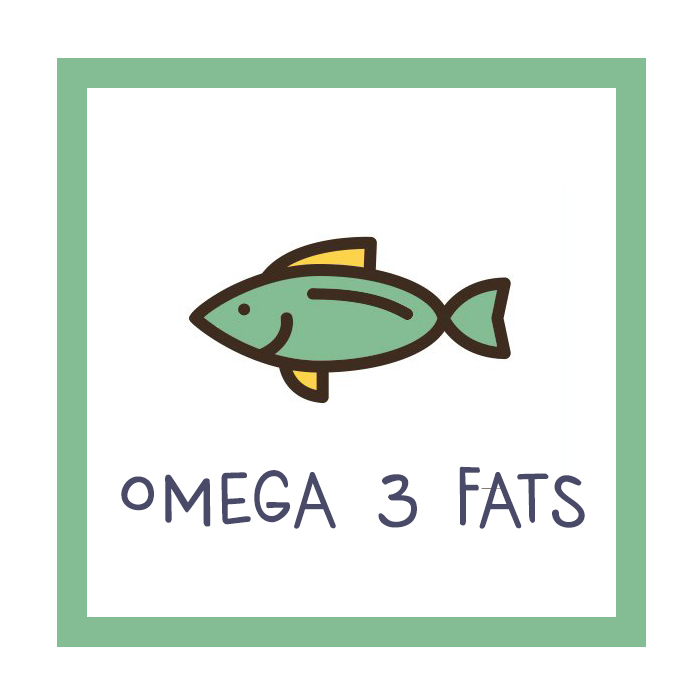 Although there aren’t clearly established omega-3 requirements for pregnant women, essential fatty acids are recommended, with the best sources being low-mercury fatty fish and other seafood, walnuts, and omega-3–enriched eggs. See also Why Grains Are Bad-Part 2, Omega 3 vs. 6 Fats. Worried about those old recommendations to limit fish to two servings per week? Actually, there’s only a few species of fish that need to be eliminated, those with lower selenium levels. See The Mercury Content of Seafood: Should we worry?
Although there aren’t clearly established omega-3 requirements for pregnant women, essential fatty acids are recommended, with the best sources being low-mercury fatty fish and other seafood, walnuts, and omega-3–enriched eggs. See also Why Grains Are Bad-Part 2, Omega 3 vs. 6 Fats. Worried about those old recommendations to limit fish to two servings per week? Actually, there’s only a few species of fish that need to be eliminated, those with lower selenium levels. See The Mercury Content of Seafood: Should we worry?
Folic Acid versus Folate Supplementation
 It’s typically recommended that pregnant women and women who may become pregnant take a folic acid supplement because it can prevent neural tube defects and other congenital malformations linked to folate deficiency. But, it’s important to differentiate between these two different forms of vitamin B9, folic acid and folate.
It’s typically recommended that pregnant women and women who may become pregnant take a folic acid supplement because it can prevent neural tube defects and other congenital malformations linked to folate deficiency. But, it’s important to differentiate between these two different forms of vitamin B9, folic acid and folate.
Folic acid, also known as pteroylmonoglutamic acid, is a synthetic form of vitamin B9 used to fortify foods and in supplements, whereas folate is naturally-occurring in many foods. Folic acid is better absorbed than folate—folate from vegetables, fruits and liver is absorbed into our bodies at about 80 percent of the rate of folic acid—so folic acid has been traditionally considered to be more bioavailable. But even though we can absorb folic acid more easily, in order for our bodies to use it, it must be converted into the active form of folate, L-methylfolate (also known as 5-methyltetrahydrofolate so it’s abbreviated as 5-MTHF) via a multistep process. We now know that this conversion is slow and inefficient (and even more so in people with MTHFR gene variants because the MTHFR enzyme is responsible for the last step of the conversion; see Genes to Know About: MTHFR).
While the body is working on converting folic acid into L-methylfolate, the absorbed folic acid circulates in the blood. Why is this an issue? High blood levels of folic acid are associated with increased cancer risk and can mask vitamin B12 deficiency. And, if your body isn’t very good at converting folic acid into folate (due to gene variants in MTHFR or vitamin B2 deficiency, for example), you can be folate deficient even though you have plenty of folic acid in your blood.
In contrast, folate from food occurs in many chemical forms, including some as L-methylfolate. So while some food folate will need to go through the same series of chemical reactions as folic acid to be converted into the active form of folate, some can be converted in fewer steps and some does not require conversion at all. For this reason, it’s preferable to get folate from natural food sources like leafy greens and liver rather than from fortified foods or supplements.
The most important thing during pregnancy is to avoid folate deficiency. Supplementation may still be advisable, depending on your risk factors, so it’s important to discuss this with your doctor. Studies also show that supplementing with L-methylfolate (sometimes labeled 5-MTHF) is effective at increasing blood levels of folate and may be a safer option than folic acid.
The following foods are good sources of folate:
| Food | Serving Size | Folate |
| Mustard greens, raw | 2 cups chopped | 210 mcg |
| Chicken liver | 1 ounce | 165 mcg |
| Asparagus, boiled | 1/2 cup chopped | 134 mcg |
| Okra, boiled | 1/2 cup sliced | 134 mcg |
| Romaine Lettuce | 2 cups shredded | 128 mcg |
| Collard greens, raw | 2 cups chopped | 120 mcg |
| Spinach, raw | 2 cups | 116 mcg |
| Broccoli, boiled | 1/2 cup florets | 84 mcg |
| Beef liver | 1 ounce | 81 mcg |
| Kale, raw | 2 cups chopped | 39 mcg |
| Egg yolk | 1 large | 25 mcg |
mcg = micrograms
Benefits of Breastfeeding
 It’s worth emphasizing that the perfect baby food is human breast milk. Beyond meeting the baby’s nutritional needs, breast milk provides important probiotics to help colonize the baby’s digestive tract and support a healthy gut microbial community and provides important immunoactive compounds to complement the baby’s immune system and protect against infection. Studies show that breastfed babies have lower risks of serious infections, including gastroenteritis and pneumonia, and sudden infant death syndrome (SIDS). Breastfed babies also have a lower risk of chronic disease later in life, including asthma, allergies, eczema, childhood obesity, diabetes, and leukemia.
It’s worth emphasizing that the perfect baby food is human breast milk. Beyond meeting the baby’s nutritional needs, breast milk provides important probiotics to help colonize the baby’s digestive tract and support a healthy gut microbial community and provides important immunoactive compounds to complement the baby’s immune system and protect against infection. Studies show that breastfed babies have lower risks of serious infections, including gastroenteritis and pneumonia, and sudden infant death syndrome (SIDS). Breastfed babies also have a lower risk of chronic disease later in life, including asthma, allergies, eczema, childhood obesity, diabetes, and leukemia.
Breastfeeding is health-promoting for the mother, too. Declining to breastfeed increases a woman’s risk of premenopausal breast cancer, ovarian cancer, type 2 diabetes, and metabolic syndrome. It also increases her chances of retaining weight gained during pregnancy.
The World Health Organization (WHO) recommends breastfeeding children for at least their first 2 years of life, breastfeeding exclusively (meaning no supplementing with formula or baby foods) for the first 6 months. In hunter-gatherer societies, babies are typically weaned gradually during their fourth year, usually during the mother’s next pregnancy. When the mother doesn’t get pregnant again, children are generally breastfed longer, until age 5 or even older.
Unfortunately, in the United States, only about a third of babies are breastfed exclusively at 3 months, and a mere 11 percent of babies are breastfed exclusively at 6 months. These statistics reflect many cultural barriers to breastfeeding, such as short maternity leaves, lack of social support, and insufficient troubleshooting resources. Mothers can greatly improve their chances of successfully breastfeeding their babies by seeking knowledgeable support, such as a lactation consultant or a local La Leche League chapter (www.llli.org).
 Paleo for Pregnancy and Lactation
Paleo for Pregnancy and Lactation
With its nutrient-density focus, the Paleo diet provides sufficient and balanced nutrition to support both mom and baby. By incorporating more of the superfoods mentioned above (pastured eggs, liver, shellfish, and tons of veggies), expectant mothers can nurture themselves and their growing babies into toddlerhood. See also The Importance of Vegetables, The Importance of Fish in Our Diets, The Mercury Content of Seafood: Should we worry?, Should We Be Worried About Radiation from Fukushima?, Why Everyone Should Be Eating Organ Meat, 3 Painless Ways to Eat Your Liver, Tips and Tricks for Eating more Offal, Oysters, Clams, and Mussels, Oh My! Nutrition Powerhouses or Toxic Danger?. and The Importance of Nutrient Density
Citations
Devereux G. “Maternal diet during pregnancy: an emerging risk factor for childhood asthma.” Expert Rev Clin Immunol. 2008 Nov;4(6):663-8. doi: 10.1586/1744666X.4.6.663.
Greenberg JA, et al. “Omega-3 Fatty Acid Supplementation During Pregnancy.” Rev Obstet Gynecol. 2008 Fall; 1(4): 162–169.
Hewlett BS & Lamb ME, eds. Hunter-gatherer Childhoods: Evolutionary, Developmental, and Cultural Perspectives. Transaction Publishers. 2005.
Thorburn AN, et al. “Evidence that asthma is a developmental origin disease influenced by maternal diet and bacterial metabolites.” Nat Commun. 2015 Jun 23;6:7320. doi: 10.1038/ncomms8320.
Hascoët JM et al. Effect of formula composition on the development of infant gut microbiota. J Pediatr Gastroenterol Nutr. 2011 Jun;52(6):756-62. doi: 10.1097/MPG.0b013e3182105850.
Stuebe A. “The Risks of Not Breastfeeding for Mothers and Infants.” Rev Obstet Gynecol. 2009 Fall; 2(4): 222–231.
Food and Nutrition Board, Institute of Medicine. Folate. Dietary Reference Intakes: Thiamin, Riboflavin, Niacin, Vitamin B6, Folate, Vitamin B12, Pantothenic Acid, Biotin, and Choline. Washington, D.C.: National Academy Press; 1998:196-305.
Bailey LB, Gregory JF, 3rd. Folate metabolism and requirements. J Nutr. 1999;129(4):779-782.
Jacques PF, Bostom AG, Wilson PW, Rich S, Rosenberg IH, Selhub J. Determinants of plasma total homocysteine concentration in the Framingham Offspring cohort. Am J Clin Nutr. 2001;73(3):613-621












